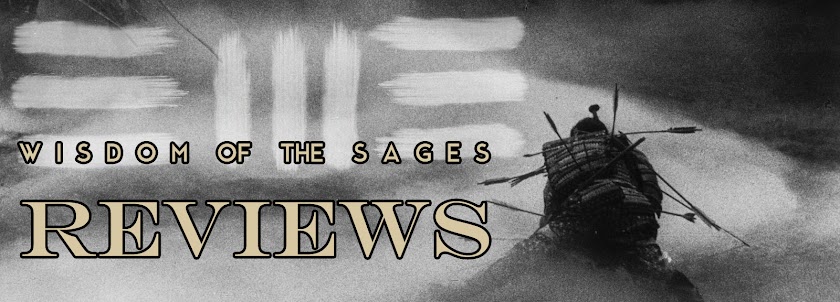
TRICKSTER
Native American Tales – a Graphic Collection
Edited and Illustrated in part by Matt Dembicki
Reviewed by Ernest M. Whiteman III
I first heard of this through the Chicago Public Schools’ Department of Libraries and Information Services. They contacted my workplace about recommendations of Native-themed and/or Native-authored books for their department to recommend to all school libraries to purchase. While “Trickster” was not on the list they sent to us, it was inquired about due to the fact that Native elders told the stories.
“Trickster” is an anthology of twenty-one Native American stories that have been illustrated in a sequential format by comic books artists. Matt Dembicki writes in his afterword that he wanted to keep the stories authentic and written by Native storytellers. This piqued my interest, as I have seen the many varied results of keeping it “authentic to Natives”. So, seeing it in the resell bookstore and after some financial self-debate, I dropped $10 bucks on it to see what it was all about and to write this review.
When I think of comic books, I think superheroes immediately, as that is the dominant genre right now and has been for a long time. I could go into the same old shpeal about them being our new, modern mythology. Here in “Trickster” is a modern record of the old mythology from Native tribes across North America.
All of the stories have a Trickster character that is central to the story. Many are creation stories of how certain animals inherited traits, or of how certain landscapes are the way they are. Native American lore is full of creation stories of all kinds. Many of the stories are very colorful and well drawn. I enjoyed much of the stories like “Coyote and the Pebbles”, vey well drawn and told; “Giddy Up, Wolfie”, a hilarious tale of stealing girlfriends. I will always dig the animal trickster characters like Chuckfi. Also, I loved the simplicity of “How Wildcat caught a Turkey”. These stories feel familiar and new at the same time.
Some stories did have a large amount of text, almost defeating the purpose of it being produced in a comic book format. Also, other stories seemed hastily drawn and amateurish. What always takes me out of a comic book story is the rough and thick lines. You can always tell a practiced hand from an unpracticed one. I also disliked the near monochromatic coloring of some of the stories. That makes it boring. It evokes sepia tones. But what bugged me most, as always, is the depiction of Native Americans. I would have loved an artist to take a risk and set a story in contemporary times, or even out of time. As a Native, I know the story would transcend the look. It seems too easy to rely on the beads and feathers of long ago.
I am looking at this from the perspectives of being both Northern Arapaho and an artist. I am very much a proponent of Native American first-voice and self-representation in media and I find this a mixed bag. While the editor did his best to maintain the authenticity of the Native words, it felt sold out to the imagery of beads and feathers. The art is also a mixed bag with some very good renderings in the stories along side some not-so-good renderings. There were no risks taken and it all seemed played safe.
Still, the good outweighs the not-so-good in this “Trickster” collection. It is a more complete collection of first-voice narratives that I have come across in contemporary media. And it is the first Native collection in the comic book, sequential art format that I have seen, well, ever. With a respect and freehand given to the Native storytellers, this seems as good a place to start in the exploration of Native American Trickster tales and may introduce a younger generation of Native kids to these stories.
And for that purpose alone, I recommend Trickster. At least until we Native American Storytellers and Artists begin producing a series of Native stories by and for ourselves.
Recommended.
© 2010 Ernest M. Whiteman III

No comments:
Post a Comment